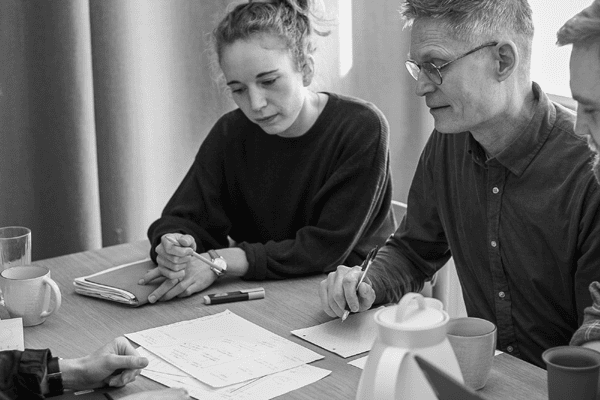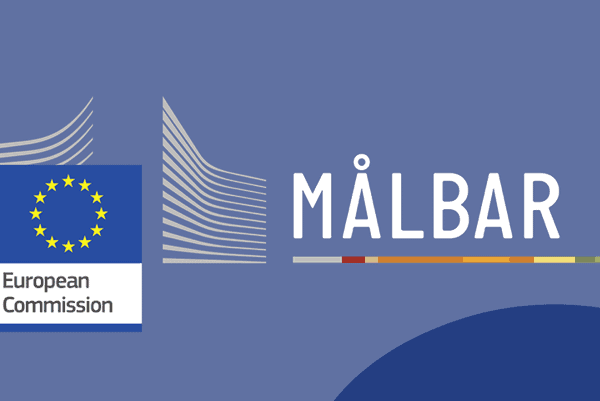
Born to be PEF-compliant
From the beginning of our journey, we have strived to create a tool that lives up to the comprehensive rules of the European Commission’s Product Environmental Footprint (PEF) standard. This standard consists of a common set of LCA rules that covers the whole product life cycle and does not leave anything to personal interpretations and estimates. Read more about why we have chosen PEF.
A third party verification is the ultimate seal of approval of our calculation methods. It proves that the calculations are accurate and comply with the EU standard.
Choosing our companions
Initially, we searched for a reliable, trustworthy, and experienced company, that could validate our tool. We chose Bureau Veritas because they are one of the largest certification bodies in the world, and they had previously verified similar calculations in another sector.
For the measurements to be PEF-compliant, we needed to include all 16 environmental impact categories in our calculations. This required us to develop a whole new calculation model that could calculate on all impact categories. We created countless formulas and coding to be able to gather all calculations, models, and methods in Excel.
We teamed up with our customer, TAKT, who also wanted to have a third party verification on the total environmental footprint of their Cross Chair Collection. Thus, we agreed with Bureau Veritas, that this would make for a good case example.
Paving the way
Being the first to do this, many details about data, methods, best practice, and procedures wasn’t established yet. This caused us to sometimes disagree on how to do things, but we had many productive meetings with Bureau Veritas and we always ended on common ground.
Even the largest most acknowledged databases didn’t always contain the details about materials and production methods that we wanted. So more than a few times, we decided to generate and model the necessary data ourselves, making several life cycle assessments. These calculations and methods are also covered by the verification.
Furthermore, we have worked tirelessly to investigate all necessary parts of TAKT’s value chain to obtain as much primary data as possible. Primary data indicates what actually happens in the specific production process, whereas secondary data indicates what happens in similar and average production processes. Hence, primary data is crucial to obtain precise and accurate results.
We finished our calculations during summer 2023. And then we started writing the report. Also here, we were challenged on the comprehensive guidelines of such reporting. We had to dive deep into the requirements of PEF-report standards, since this was new learning for Målbar. Also in this process, we received valuable guidance from Bureau Veritas.
Proving our skills
Making these calculations and writing the report has been a huge achievement for us.
Performing a PEF LCA requires large amounts of validated environmental data and a data quality that lives up to a certain threshold. All to ensure the high transparency and accuracy of calculations which PEF assures. It has required the work of 3 persons for 1 year to complete this task. Through this work, we have discovered invaluable insights and can see consequences that we are only beginning to understand, and which will shape the future of our industry.” – Anders Koefoed, Head of Data and Co-founder of Målbar.
Our engineers have proven to be extremely thorough and skilled in all areas of LCA’s. They have shown dedication, will-power, and competencies in being able to find, evaluate, and use data to create the data we needed.
Even though we calculated on all variants of the Cross Chair Collection from TAKT, we only included the worst and best case chair in the report, illustrating the wide range of environmental footprints that one collection of chairs can have. The best case chair have a four times lower impact than the worst case chair. The results helped us discover how important it is to expand our focus from climate impact to other impact categories as well. This is a very important learning, and we are excited to show all our customers what we can do with this knowledge.
With the purpose of changing our industry for the better
We are convinced that the most important aspect is that the verification demonstrates our ability to calculate correctly, thoroughly, and accurately. For TAKT, third party verified data means they can progress concerning their goal of transparency towards the end-consumer. Furthermore, they are educating consumers in environmental data and how to interpret the PEF single score. The purpose of the Product Environmental Footprint (PEF) is to harmonize and standardize the way data is calculated, ultimately benefiting consumers who can decode the data and compare the environmental impact of different products.
It has been both an exciting and frustrating process, where we had to use our patience, our dedication, and our complete range of skills within Målbar. We are a curious team, and it has been very interesting for us to make these comprehensive calculations. It has been a steep learning curve for all parties involved, and achieving the results has been eye-opening, fascinating, and vital for our future work to push our industry in a greener direction.


